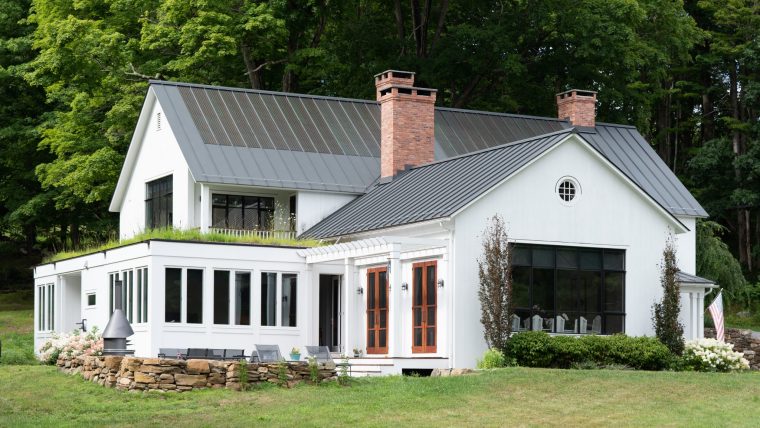It’s fairly safe to say that no state in the union so readily embraced the modern aesthetic as quickly or for so long as California.
From 1930 to 1965, designers and architects there rode the heady edge of a streamlined wave of cutting-edge thought about how to live in contemporary beauty and comfort.
They brought new meaning to those words, in a west coast atmosphere that seemed perfect for exploring modern ideas.
“There was a huge economic boom in the 1920s, one that drew huge numbers of people to California – émigrés, craftspeople and architects,” says Austen Barron Bailey, curator of an upcoming exhibition at the Peabody Exeter Museum. It’s called California Design, 1930–1965: Living in a Modern Way, and it opens March 29.
“There were local design opportunities, with new schools being founded, and a culture of innovative synergy within the design community, all the way through the Depression,” she says.
By the time World War II arrived, the defense industry there was developing new ideas for the use of aluminum, fiberglass and molded plywood, all of which designers would use later in homes for a peace-time population boom.
“Modern, open-plan homes take off, and encourage bright colors and new designs – even in swimsuits,” she says.
Rudolph Schindler and Richard Neutra were huge players from the time they got there in the 1930s, as were Charles and Ray Eames after they arrived in 1941. “There were opportunities for architects to design furniture and interiors for houses with modern plans,” she says. “It was more relaxed and humanistic, and a less stern approach to architecture.”
The exhibition features 350 pieces of California modern design, including furniture, ceramics, graphic design, textiles, architecture, industrial design, jewelry, and metalwork. Also featured are mid-century modern architectural photographs by Julian Schulman, on loan from the Getty Center’s collection of his work
Founded in 1799, the Peabody Essex is located in Salem, Mass. This traveling exhibition, organized by the Los Angeles County Museum of Art, is making its last stop there, after runs in Japan and Australia
It on display through July 6, so there’s plenty of time to plan a visit to see what California once was all about.
[slideshow id=1126]

